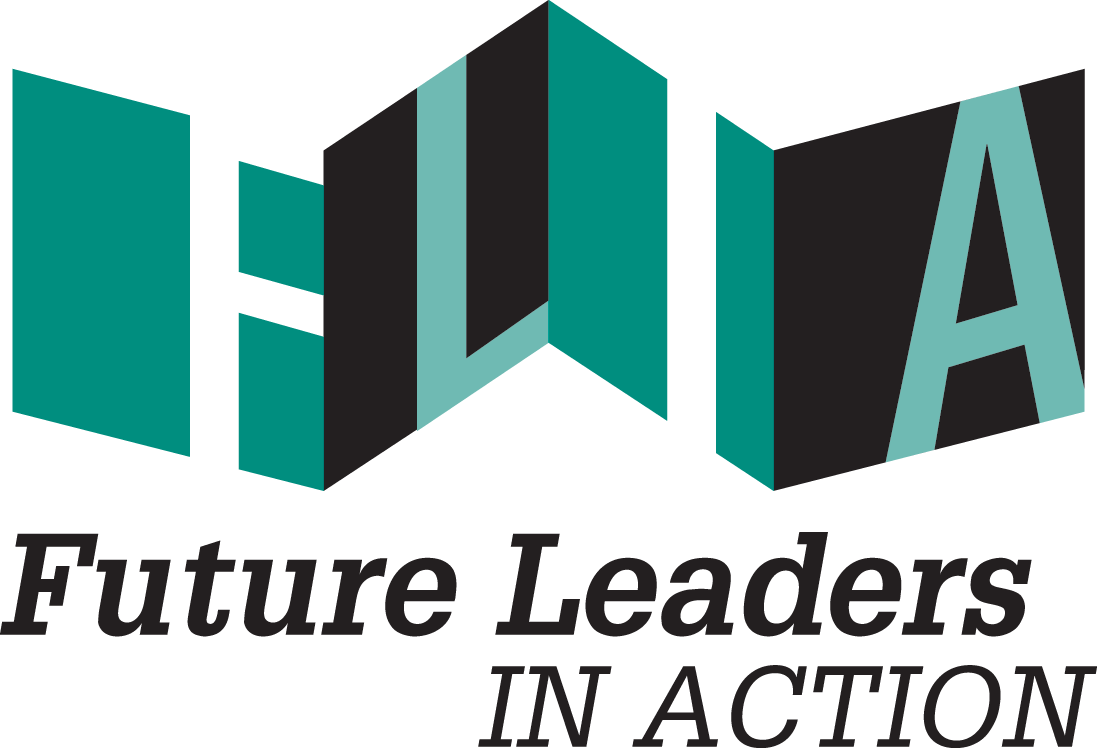Nonprofit organizations often serve extremely diverse populations and, depending on their mission and services offered, some might work directly with people who face struggles in one or many aspects of their lives. Big Brothers Big Sisters of Central Iowa (BBBSCI) certainly does. Des Moines lies in the heart of Central Iowa and takes pride in the amount of diversity the city attracts. An issue that staff at BBBSCI see on a daily basis, but often goes unseen by many others in the community, is the variety of struggles that families and youth of low socioeconomic status (SES) encounter.
According to American Psychology Association, “socioeconomic status is the social standing of an individual or group. It is often measured as a combination of education, income and occupation."
Home, child, and parent interviews reveal housing issues, education issues, access to resources, and an achievement gap in school. With a goal to expose youth to community resources that they might not otherwise receive, Big Brothers Big Sisters fosters a connection by matching “Littles” facing adversity with “Bigs” that can help immerse them in the community.
These interviews frequently shed light on families living in not so ideal living conditions and find that parents are hoping for volunteers to take their kids out into the community to experience things they aren’t usually able to.
Low-income families don’t always have access to all of the resources in their community, which is why it’s important to understand how the community might be able to help them. Match Support Specialists (MSS) at BBBSCI make it a point to visit homes for parent/child interviews to gather all information that might be helpful for the mentor volunteering.
Housing
It isn’t uncommon for landlords to take advantage of low income families and make them to live in homes that aren’t up to code. Because the city is constantly growing, prices of nice apartments skyrocket. This leaves little room for families to choose their neighborhoods. I recently shadowed a child interview where the mother only lets her child visit her friend down the street if someone drives her because “bullets fly” randomly. Safety and security of these youth are at risk because of the lack of access to affordable housing. Families who struggle to access affordable housing often end up in unsafe neighborhoods, where access to quality education hard to find. Because funding is typically local with a portion coming from the federal government, students from low-income neighborhoods often end up in schools that are also poorly funded. An example of high poverty versus high income education can be seen in this article.
Education and the Achievement Gap
Results on Iowa tests by socioeconomic status (eligble for free or reduced lunch versus not elible) from Educate Iowa study by the Iowa Dept of Education
Taken from Educate Iowa study by the Iowa Dept of Education
Most parents want what is the absolute best for their kids. BBBS witnesses parents desire to give their children the best opportunities through enrolling their children into their programs. However, sometimes being involved in their children’s education can be more of an obstacle than expected. In a study conducted by the Iowa Department of Education, researchers found a large gap in educational achievement between those who do receive free/reduced lunch and those who don’t. These trends were noted after evaluating Iowa Test of Basic Skills (ITBS) scores as well as drop out rates. For example, the percentage of students proficient in the Reading portion of ITBS were 24-27% less for those eligible for free/reduced lunch compared to those who weren’t. Similarly, dropout rates were almost twice as much in students eligible for free/reduced lunches.
Access to Resources
Parental participation at school and general parent availability were two contributing factors to the student achievement gap that researchers noted. Many struggling families have one parent that tends to work long hours to support their family. Even in families with two parents, both might work long or late hours. These long hours serve as an obstacle from being able to be involved in their child’s school life. In single parent households, one car is generally the norm. Single parents often rely on their car to commute to work, which, in turn, affects reliable transportation for the youth on a regular basis, making attending any specialized engagement outside of walking distance just not feasible. The City of Des Moines provides bus passes to those who meet low-income restrictions, but even then, bus stops aren’t always placed in the most convenient places. It’s not uncommon for Bigs and staff at BBBSCI to see Littles struggling in school. These issues occur as a result of a lack of access to community resources and relationships for the youth to turn to. Without access to improved or specialized services, these obstacles remain, preventing Littles from receiving the best possible education.
Graduating "Littles" from BBBSCI programs
What can we do as a society to connect families with resources that they need? Or better yet, as a community in Des Moines? BBBSCI implements programs that aid youth and families who need it the most through positive mentorship. Educational programs, like the Operation Post-Secondary Success program I am developing, workforce development programs, and school-based programs aim to intervene early and provide youth with resources that they otherwise wouldn’t have access to.
A solid mentor relationship can provide youth with a strong, positive role model that also helps them experience fun things, too - from educational zoo experiences, to exploring science centers, art centers, or even just playing games one-on-one at the park. These programs are effective, and we start to see achievement gaps close among BBBSCI youth. Programs that intervene early allow youth that need it the most to function similarly to their peers. Because of this, I am excited to witness the long-term impact of the OPS program, and how the structure and implementation begin to shrink achievement gaps in Central Iowa youth.





